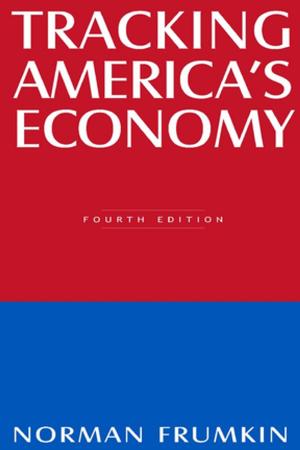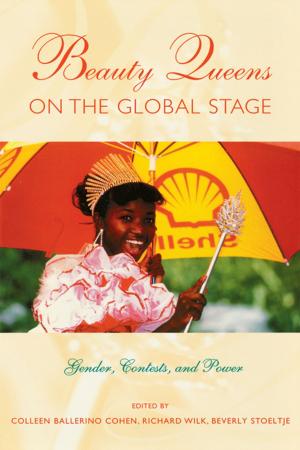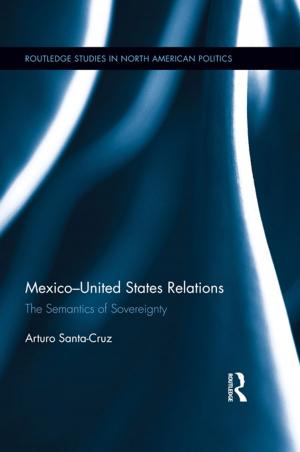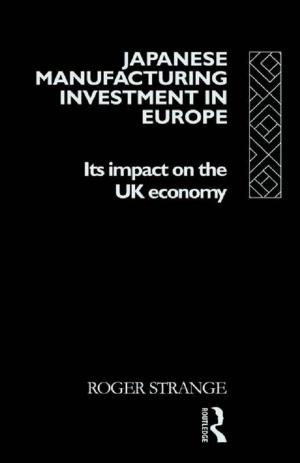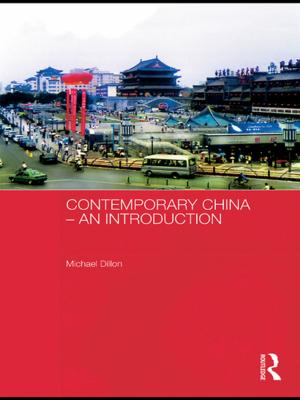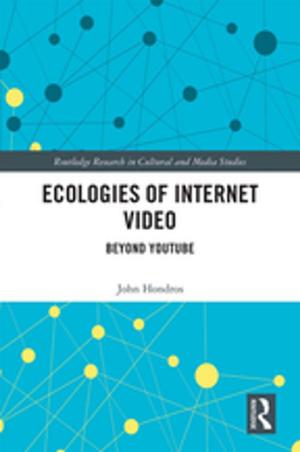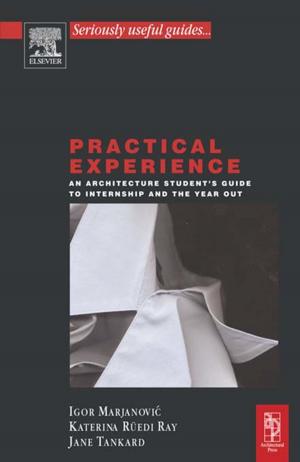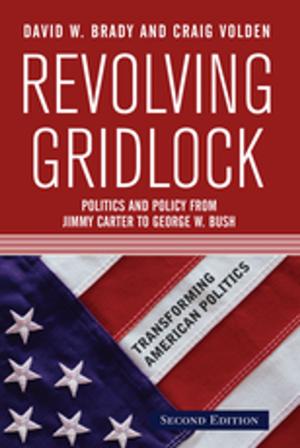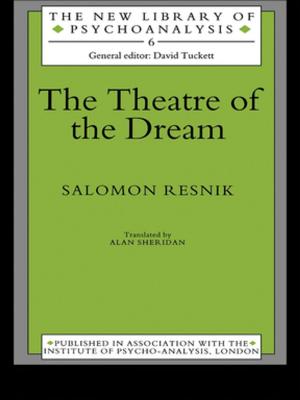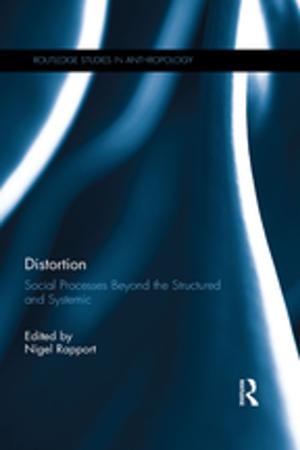Ricardo on Money and Finance
A Bicentenary Reappraisal
Business & Finance, Economics, Economic History| Author: | ISBN: | 9781135041809 | |
| Publisher: | Taylor and Francis | Publication: | July 18, 2013 |
| Imprint: | Routledge | Language: | English |
| Author: | |
| ISBN: | 9781135041809 |
| Publisher: | Taylor and Francis |
| Publication: | July 18, 2013 |
| Imprint: | Routledge |
| Language: | English |
David Ricardo, one of the major figures in the history of economic thought, particularly in the English classical political economy, deployed his activities as economist just two hundreds of years ago. Since then his economics has been generally estimated as the culminating point of the classical economics, and his name and theory has been exerting an enduring influence up to the present. This book, consisting of articles contributed by historians economic thought on money and finance, intends to reappraise the Ricardo’s monetary and financial thought on the occasion of its bicentenary and to offer historical clues to understanding today’s world wide financial crisis.
The book consists of eight chapters divided into three parts. The first part is devoted to the historical back ground of Ricardo’s thought (Hume, Smith, Thornton etc). It serves to bring in relief the originality of Ricardo’s thought in the historical context. The second and central part consists of four chapters discussing the most important aspects of Ricardo’s monetary thought: Ricardo and quantity theory of money, the ideal monetary regime conceived by Ricardo very early in his career and matured till the last moment of his life, plan for the establishment of a national bank. In this part, the relation between the quantity of money and its value in Ricardo’s theory is examined in a new light and Ricardo as a non-quantity theorist. The two chapters in the third and last part discuss the problems raised after Ricardo in relation to his monetary thought.
Tracing Ricardo's economic thought to the early 19th century, this book may provide readers insight to help them understand the present day financial crises through his works.
David Ricardo, one of the major figures in the history of economic thought, particularly in the English classical political economy, deployed his activities as economist just two hundreds of years ago. Since then his economics has been generally estimated as the culminating point of the classical economics, and his name and theory has been exerting an enduring influence up to the present. This book, consisting of articles contributed by historians economic thought on money and finance, intends to reappraise the Ricardo’s monetary and financial thought on the occasion of its bicentenary and to offer historical clues to understanding today’s world wide financial crisis.
The book consists of eight chapters divided into three parts. The first part is devoted to the historical back ground of Ricardo’s thought (Hume, Smith, Thornton etc). It serves to bring in relief the originality of Ricardo’s thought in the historical context. The second and central part consists of four chapters discussing the most important aspects of Ricardo’s monetary thought: Ricardo and quantity theory of money, the ideal monetary regime conceived by Ricardo very early in his career and matured till the last moment of his life, plan for the establishment of a national bank. In this part, the relation between the quantity of money and its value in Ricardo’s theory is examined in a new light and Ricardo as a non-quantity theorist. The two chapters in the third and last part discuss the problems raised after Ricardo in relation to his monetary thought.
Tracing Ricardo's economic thought to the early 19th century, this book may provide readers insight to help them understand the present day financial crises through his works.

